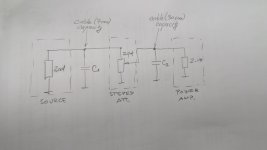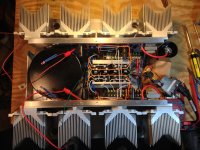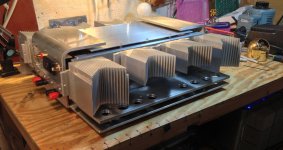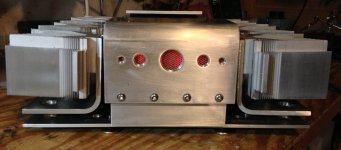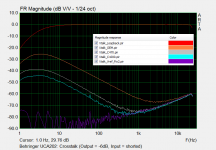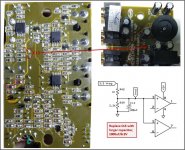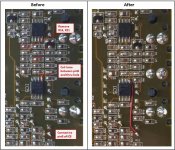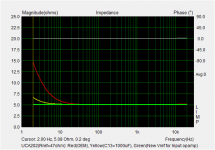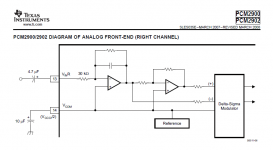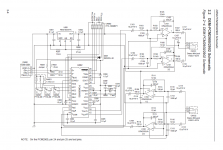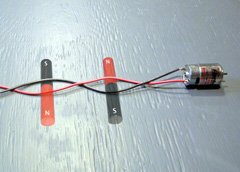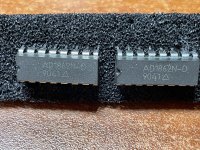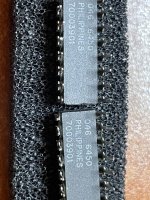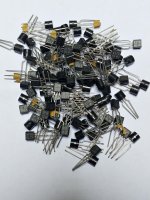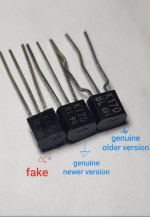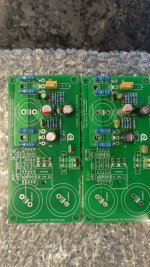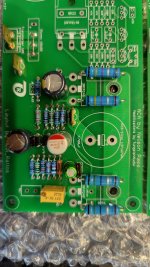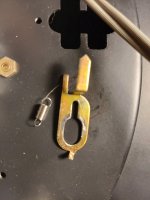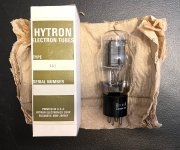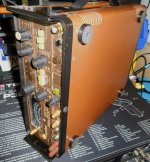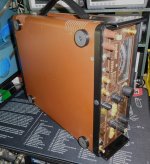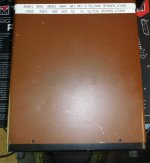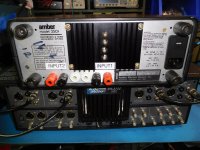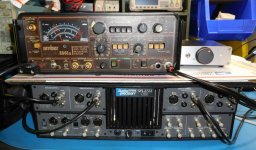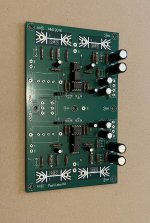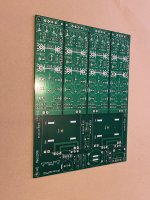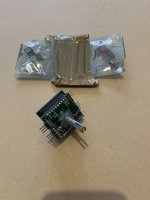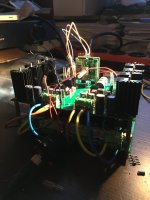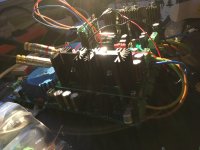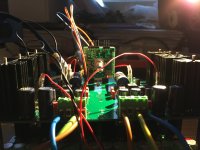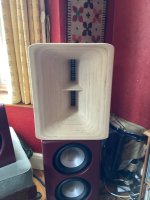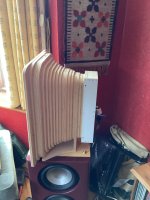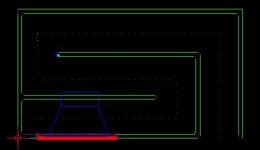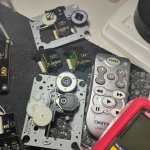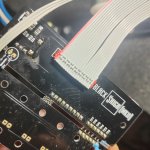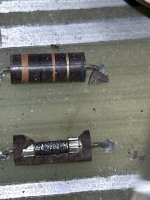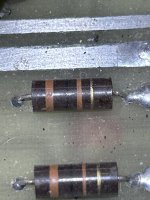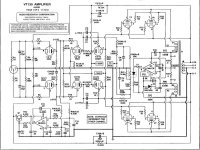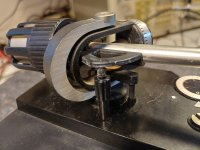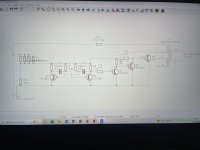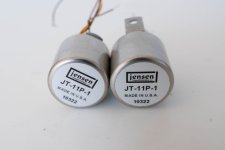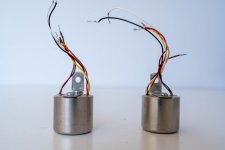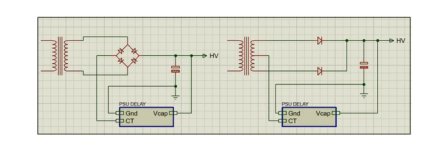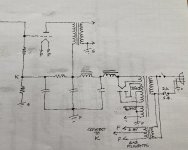FLH design questions - multiple vs single drivers, etc
Getting started on a midbass horn for use with my A290s. I have some thoughts on the midbass enclosure design I'd like to clear up with some of you horn experts. Hornresp would probably answer this for me, but at the moment, the software wont open properly for me without errors.
While calculating the WG profile, I was curious (hoping) if the throat surface area appropriate for a single LF driver could be simply assumed to double when adding a second identical driver? Does this also potentially shorten the total WG length?
In my case, 2 x B&C 12MH32s per side were planned for use in a FLH design similar to Inlow spec FL midbass horn. I was initially going to use a single 12PE32 per side, but started thinking about trying the altec A7 expo-reflex design instead. This brings me to the next potential issue, given the lack of rear chamber on the A7 screwing up the WGs performance. In the past, I've only built FLHs with reactance annuling rear chambers, not with the reflex rear enclosure setup of the A7. I'd imagine the transient response of a well designed traditional FLH would go south with the expo-reflex design, as most RLHs with 1/4 wave TLs would have similar issues not having any reactance annuling.
The 12MH32 requires a smaller throat entry surface area than the 12PE32, so my theory of doubling the total throat entry surface of a dual LF driver horn would allow for a shorter horn length, assuming this would be like starting the WG profile at a larger throat surface area entry point and ending at the same 1/2 - 1/4 pi mouth area? Is my theory correct on this, or am I just being misled by my morning dose of meds?
While calculating the WG profile, I was curious (hoping) if the throat surface area appropriate for a single LF driver could be simply assumed to double when adding a second identical driver? Does this also potentially shorten the total WG length?
In my case, 2 x B&C 12MH32s per side were planned for use in a FLH design similar to Inlow spec FL midbass horn. I was initially going to use a single 12PE32 per side, but started thinking about trying the altec A7 expo-reflex design instead. This brings me to the next potential issue, given the lack of rear chamber on the A7 screwing up the WGs performance. In the past, I've only built FLHs with reactance annuling rear chambers, not with the reflex rear enclosure setup of the A7. I'd imagine the transient response of a well designed traditional FLH would go south with the expo-reflex design, as most RLHs with 1/4 wave TLs would have similar issues not having any reactance annuling.
The 12MH32 requires a smaller throat entry surface area than the 12PE32, so my theory of doubling the total throat entry surface of a dual LF driver horn would allow for a shorter horn length, assuming this would be like starting the WG profile at a larger throat surface area entry point and ending at the same 1/2 - 1/4 pi mouth area? Is my theory correct on this, or am I just being misled by my morning dose of meds?
